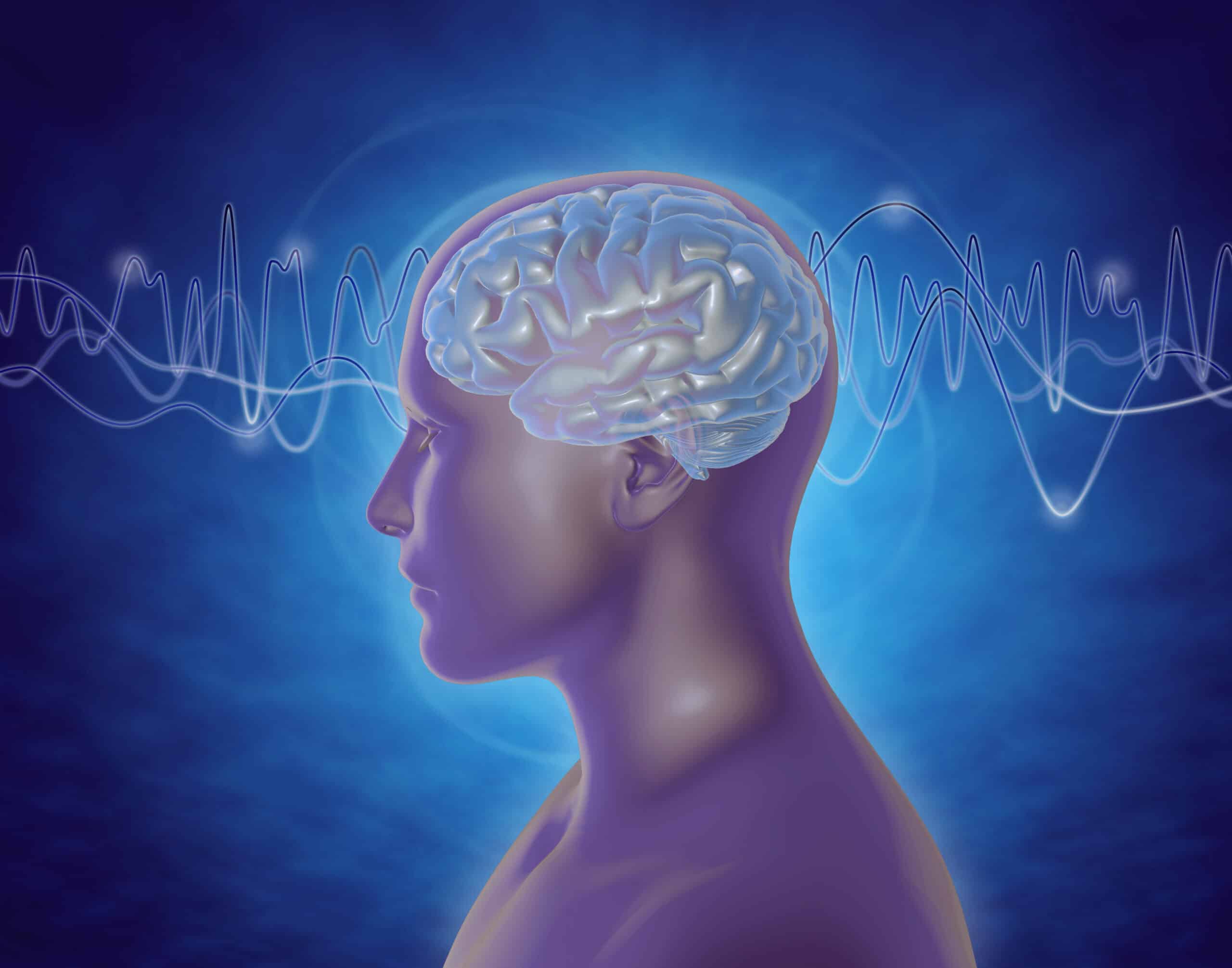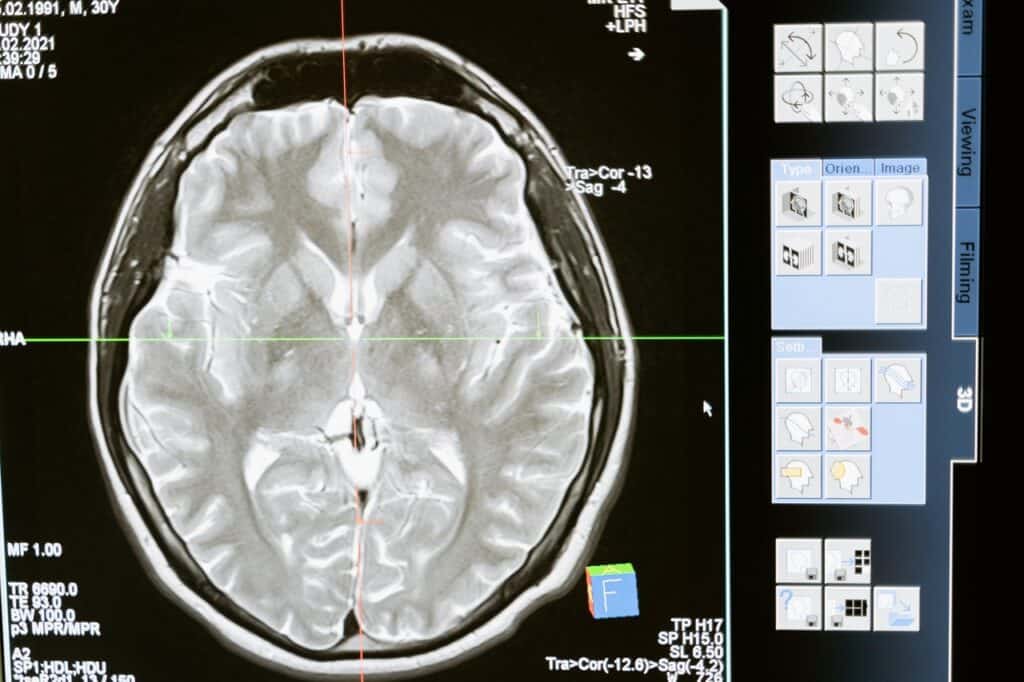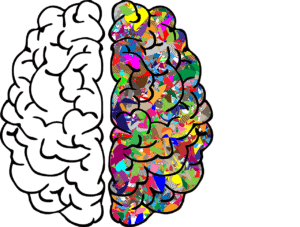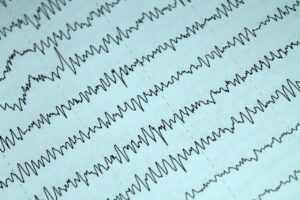San Francisco Bay Area
Neurofeedback
Services
We provide drug free solutions for ADD/ADHD, anxiety, autism, and concussion for children, adolescents, and adults in the San Francisco Bay Area

Abbey Neuropsychology Clinic Now Offers Virtual Visits
With a team of capable and caring professionals, Abbey Neuropsychology Clinic has been working to ensure that our clients receive the highest standard care. We know you want to get started with your evaluation right away- which is why there's an immediate booking program for same day consultations!












